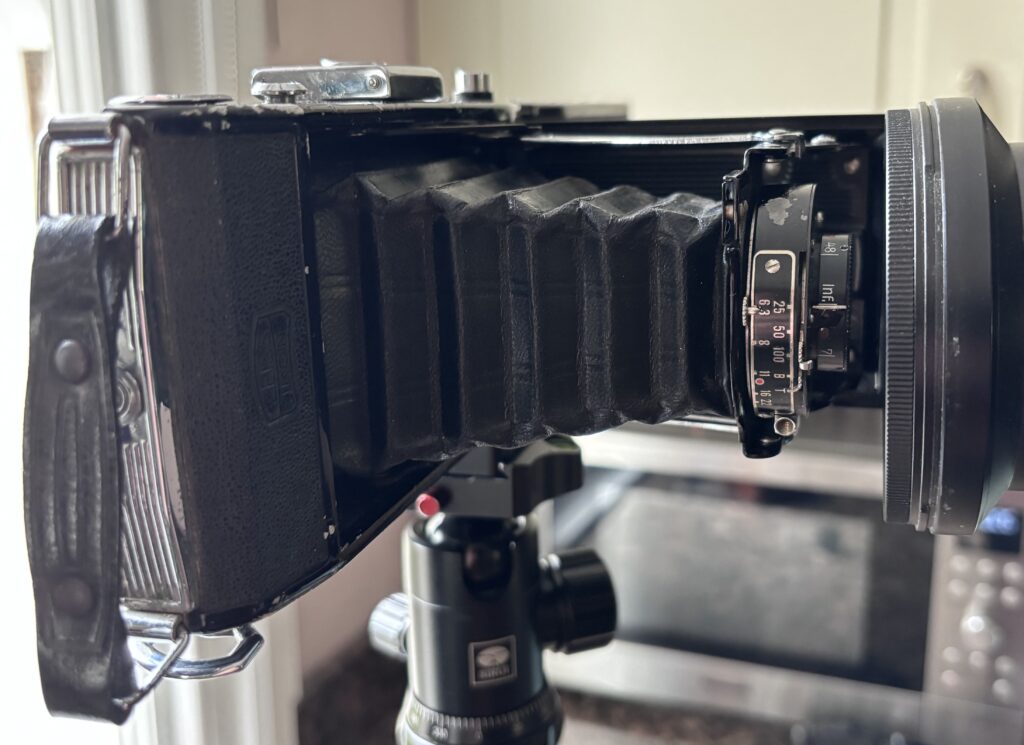
The story begins with a visit to a flea fair, where I succumbed to a Zeiss Nettar for what I hoped was a reasonable price. The paintwork was very chipped but the aperture was wo...
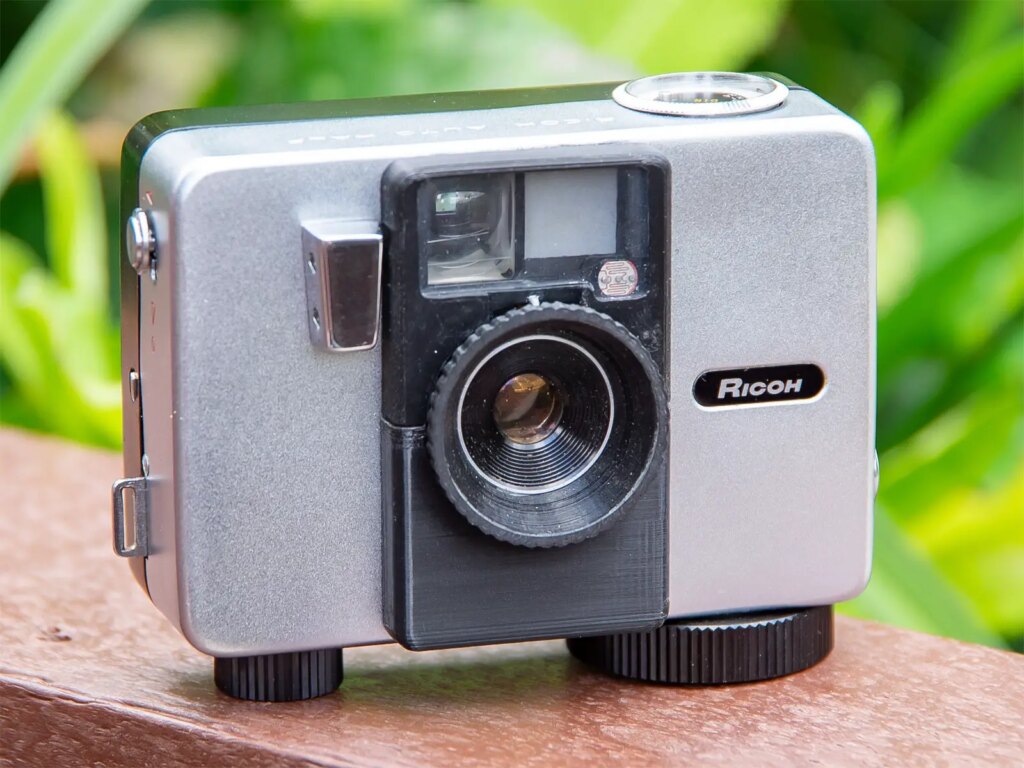
I’ve restored this cute little Japanese half-frame 35mm camera with a metering conversion from selenium to CdS, and the addition of adjustable focus. Here’s the stor...
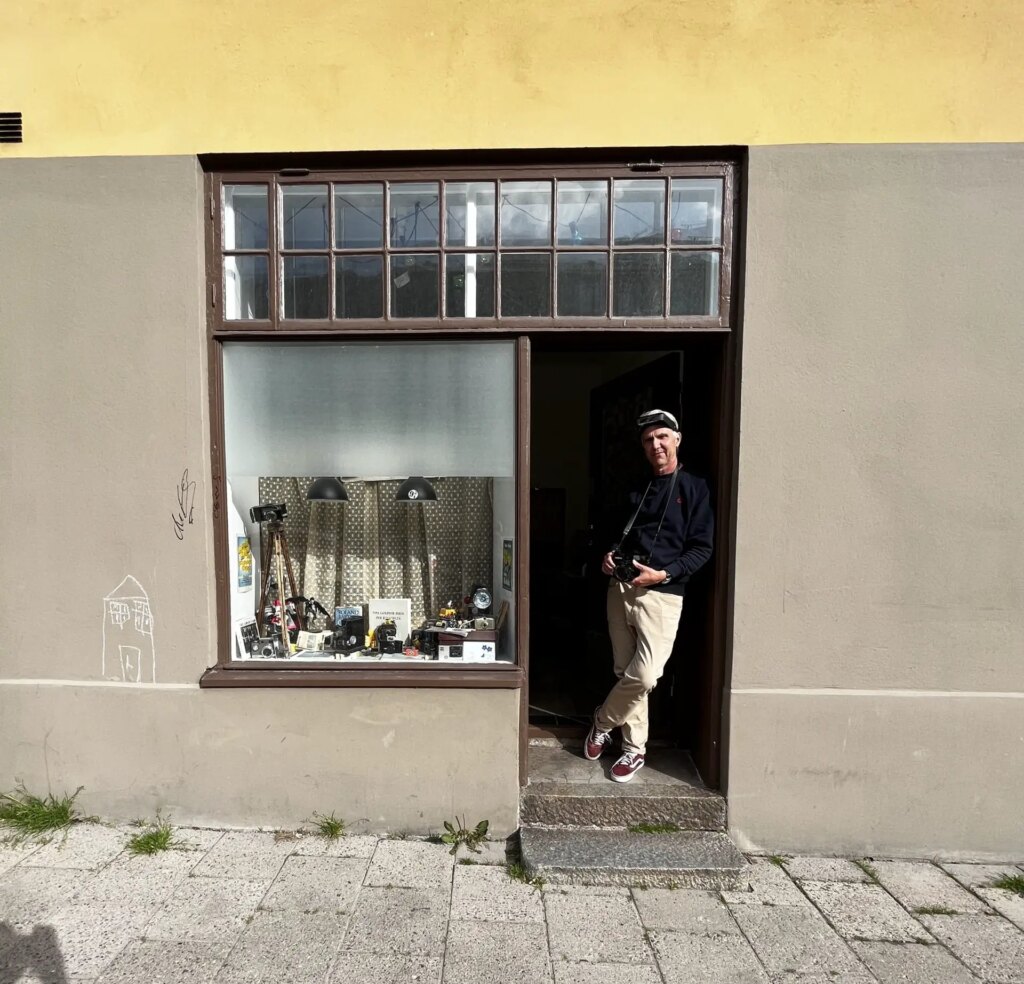
It was last year while I was on holidays that my trusty old camera stopped working, the journey continued but I was forced to store the camera away and had to wait until I was b...
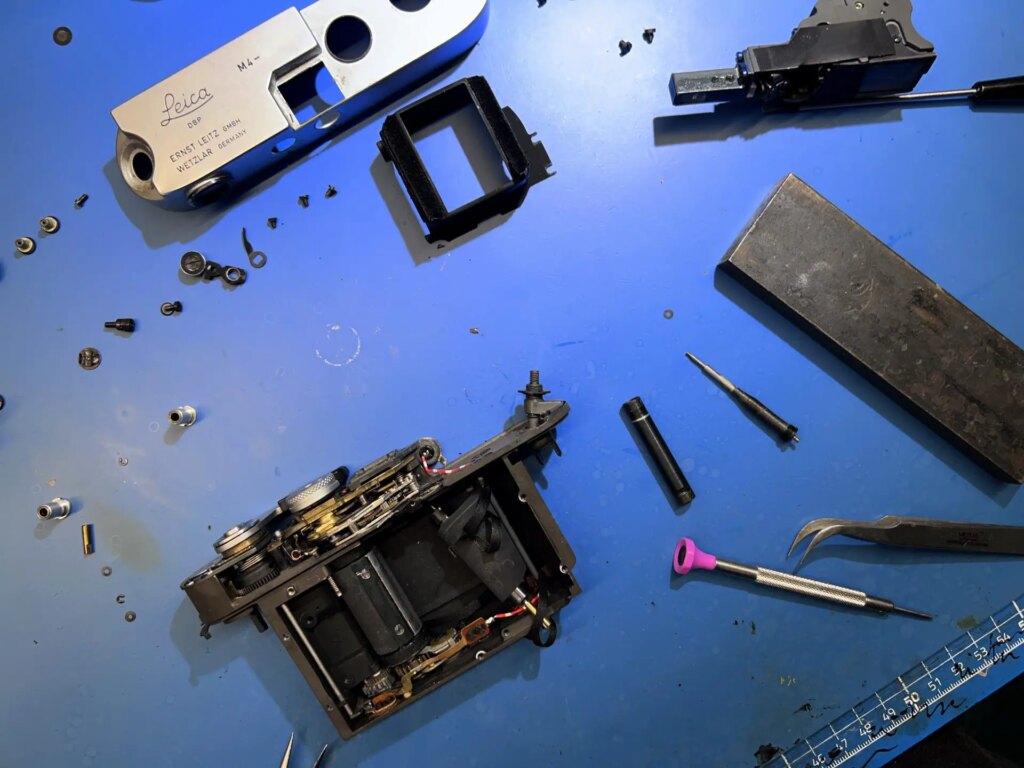
Buying for life means maintaining for life. This is true of anything; if you want for your leather boots to not dry out and crack, but to live up to their brand reputation as la...
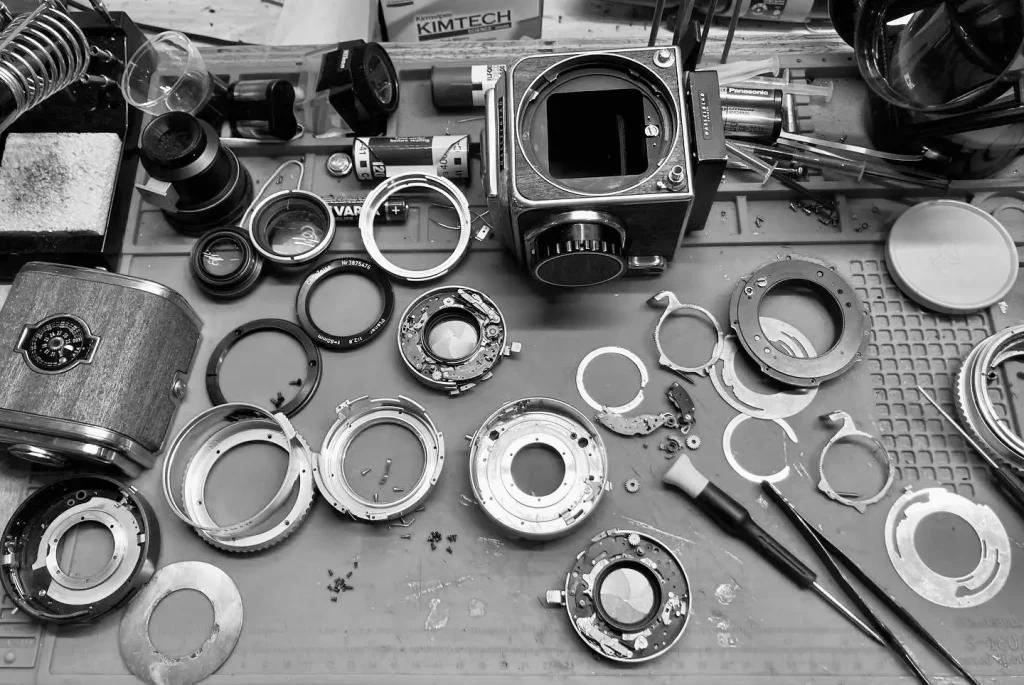
The moment digital photography became accessible to the greater population without significant barriers to entry, film became a luxury good.
I do not mean that film photography...

Those who shoot rangefinder cameras on a regular basis are probably aware of (they may even feel plagued by) vertical rangefinder misalignment.
A camera rangefinder works by su...
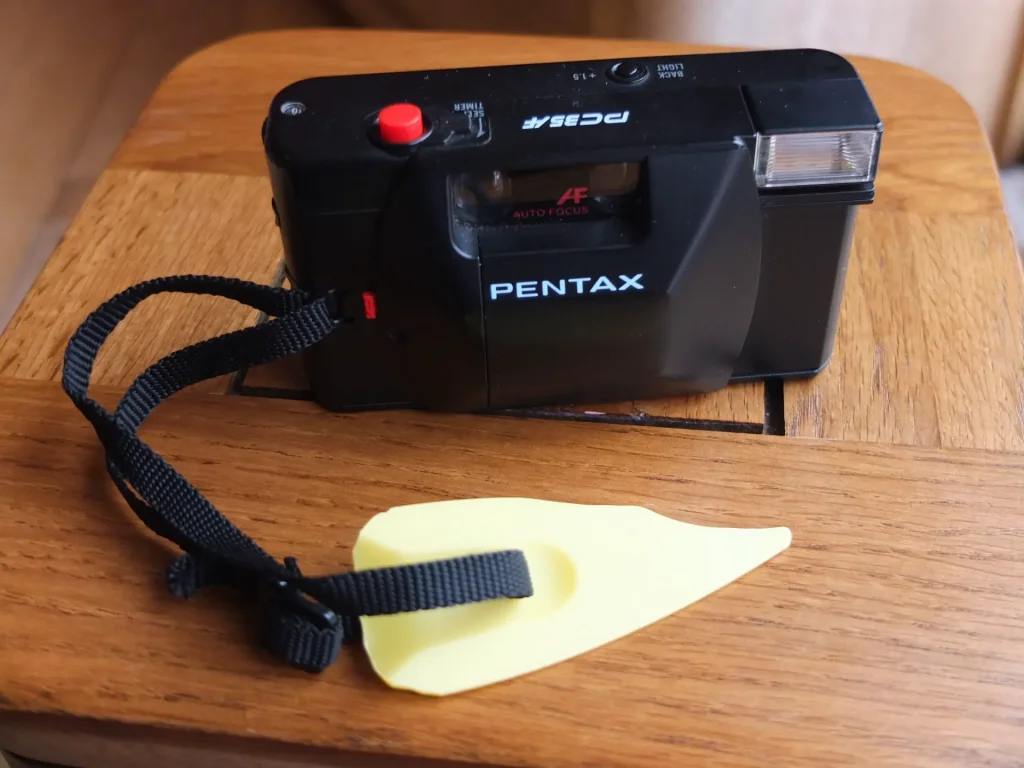
After returning to analogue photography a few years ago with a Minolta Hi-Matic 7 rangefinder, I began looking for a second film camera. I was looking for something totally diff...
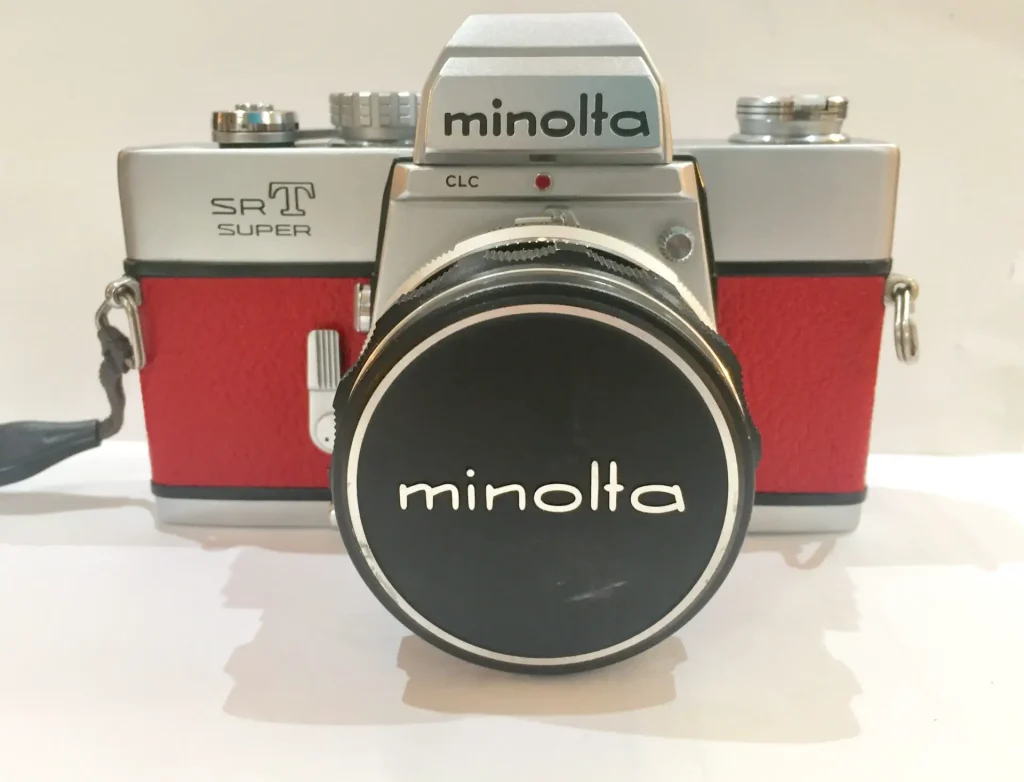
I’ve started seeing more photos of vintage cameras with their leather covers replaced, and to me they often look great. Other than a few useful flickr posts and some short video...








